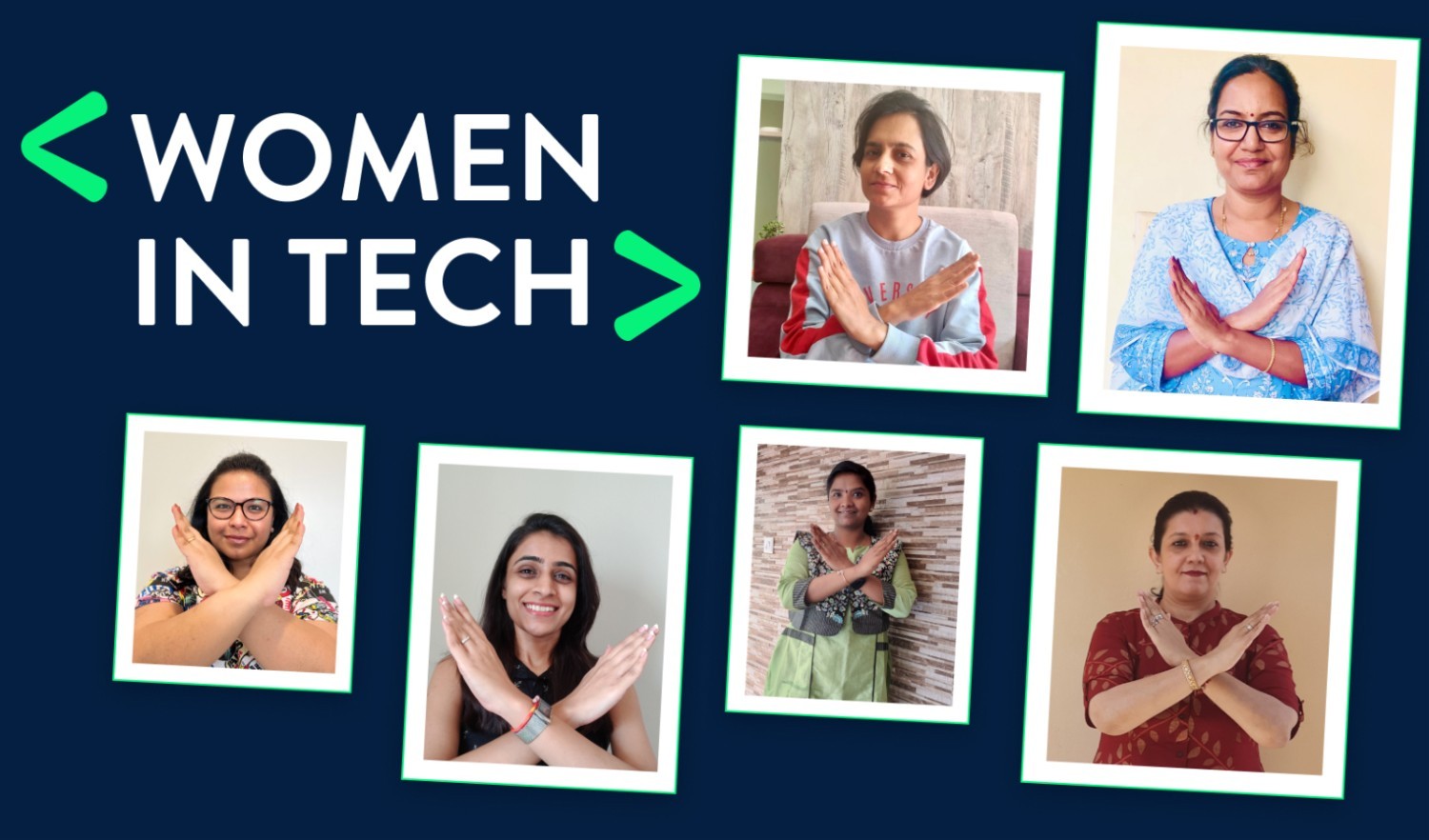Why Do We Need More Women in Tech?

While speaking about her experience with experimental research, Marie Curie quoted, "The way of progress was neither swift nor easy.” The profound thought aptly sums up the state of women in technology.
Technology has proven to be a powerful equalizer for many women today, offering rewarding careers and providing them with intellectual and financial autonomy. There are certainly more women in tech today than 20 years ago, but the statistics paint a different picture.
Currently, the world's top tech companies have about 20% women in their core tech workforce, and it might take several years to achieve gender parity.
Did you know, though, that science and technology didn't quite start as a male-dominated industry?
Tutored by her mother in mathematics (unusual for women in the 19th century), Ada Lovelace is often referred to as the 'first programmer.' The technologist came up with the first-ever algorithm to compute Bernoulli numbers, intended for Charles Babbage's Analytical Engine (probably the first-ever prototype of a modern computer). Likewise, there are several instances from the past showcasing the tech prowess of women.

According to neuroscientist Lise Eliot, the difference between men’s and women's brains are due to brain size, not gender. This means, there’s no significant difference between men and women in terms of the cognitive skills required for science and tech roles.
Despite such facts, women are often under-represented in STEM (science, technology, engineering, mathematics) while pursuing higher education or building a career.
Corporates and the gender diversity and inclusivity equilibrium
Corporates are increasingly trying to get a good representation of their customer base in their workforce. This fosters diversity in thought, ideation, and decision-making, enabling them to serve all sections of society.
A 2020 report from McKinsey found that inclusive companies tend to perform better, hire better talent, have more engaged employees, and excel in higher retention.
It proves, once more, that women and other under-represented parts of society are essential to driving holistic thinking and problem-solving in the corporate world while uplifting employee engagement.
Given these compelling reasons, why is gender diversity still lagging?

When I graduated in Computer sciences many years ago, women were over-represented in my batch, almost a 3:1 ratio in a class of 60. The first drop-offs by women happened during job interviews, and the second was when they started families.
A couple of decades later, the count of women in tech roles dwindled to a single-digit.
Women in tech - Recurring patterns
More often than not, women are reluctant to promote themselves.
In an environment where appearing confident and overstating accomplishments are considered nifty for interview success, women sometimes tend to miss out on job offers/promotions. Also, mid-career drop-offs are one of the primary reasons why very few women are at top levels in various organizations.
Those that tide over the first two get hit with a third wave - limited visibility and acceptance at the right levels. And more often than not, there aren’t enough opportunities for women to grow.
There's a recurring theme amongst women who break the above patterns (and shatter the glass ceilings) to achieve success. These are women who excel at what they do, are passionate about their purpose, and are determined to make their work count.
Therefore, identifying the right talent, sharpening these traits, and instilling a sense of purpose might be the secret sauce to tide over the above patterns. But unfortunately, some of these patterns are primarily influenced by the culture and society we are part of.
This is where I believe working with a mentor or coach to course-correct our beliefs, behavioral aspects, and calibrating our general outlook towards life is necessary.
How can corporates foster a diverse and inclusive workplace?
While women continue to seek help and break barriers, a lot needs to change in the workplace and society.
At Walmart, we invest in grooming competent women leaders, especially at mid and top levels. In addition, we care for a truly inclusive work culture, where everyone is given the rightful place they deserve and can bring their best self to work.
It is heartening to see how we are committed to accelerating women leaders’ journeys, fostering a diverse, more inclusive work culture. We believe that a truly integrated workforce that brings diverse identities, perspectives, thoughts, and experiences gives us a unique advantage to serve our customers more cohesively, more efficiently.
The only way to build such a workforce is to create a culture that embraces diversity. Here's a snapshot of the various gender-specific initiatives we drive internally and externally for women to grow and advance in their careers.
Associate Resource Group - Women’s Resource Community
In conjunction with WWIT (Walmart Women in Tech), our Associate Resource Group - Women’s Resource Community leads several engagements to elevate our workplace. We build a long-term strategy and many programs to encourage and empower women to learn and progress in their careers to leadership positions.
ReSpark
Our flagship initiative empowers women on career breaks to seamlessly transition back to work. By upskilling and training various batches of women on a break, we have been able to facilitate an easy journey for them to come back to a workplace.
empowHER
empowHER is a six-month development journey created for high potential women associates at mid-management, focusing on exposure and experiences. The program includes a guided plan of virtual learning labs with topics ranging from business acumen, domain expertise, tech upskilling, and leadership capabilities.
W-Connect
W-Connect is our first unique mentoring circle for women at mid-levels of their profession to create a career-focused identity. This is done by leveraging the concept of intentional career pathing convergent with mid-term and long-term career milestones to enable them to pursue their vision successfully and sustainably.
As a senior leader at Walmart, I've hired and groomed women leaders in my current role.
I hire women leaders with skills and passion for what the role demands. 50% of them are women with deep tech skills and prior leadership experience. My focus remains steady, ensuring that all of these future women leaders have equal access to information, equal right to express their views, and equal opportunities to learn, contribute and grow in the organization.
And the best support we offer is to eliminate unconscious bias in every interaction they have and strive to treat them on par.
Similarly, many other workplaces are doing their best to create an equitable environment for their employees. But then, I feel that it’s time to go beyond extended paternity leaves and mandatory, one-off training to remove the looming bias.
The Wrap
Socio-cultural factors that impede women’s progress remain a constant challenge and perhaps, are the slowest to change.
However, we continue to see green shoots in progressive thinking and steps towards an equitable workplace and society – there will be hope after a few more decades, perhaps.
In a TED talk, Marianne Gee suggested that we think like a honeybee when we get on a monumental task, such as changing the world. For the uninitiated, a honeybee in all her life only produces 1/12th a teaspoon of honey, but it still counts, not for her, but the future generation of bees.
On that note, let's make the world around us equitable. Your 1/12th of a teaspoon counts in the way of progress!



